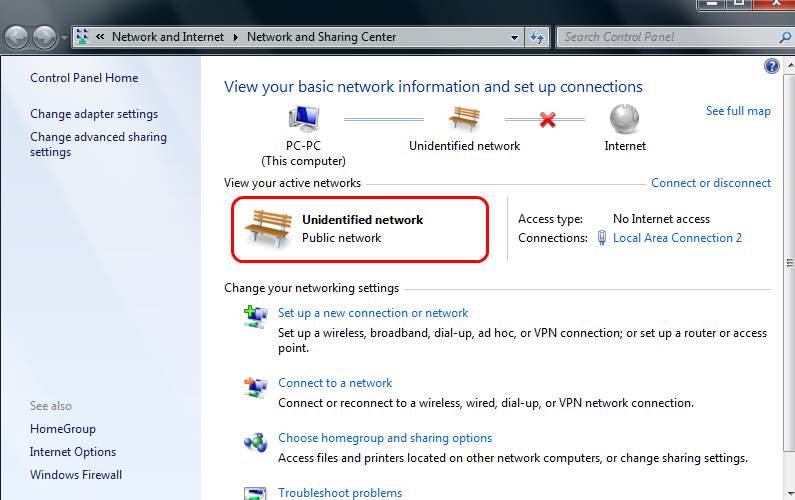
If you find that you can’t connect to your router, and you see “Unidentified network“, with the “No Internet access” on the right side in your network connection window, you’re not alone. Many Windows users are reporting this problem as well. But no worries, it’s possible to fix.
In this article, you’ll find 5 fixes you can try. You don’t have to try them all; just work your way down until you find the one works for you.
1: Update Network Card Driver
2: Set Unidentified Network as a Private or Public
3: Change DNS Servers
4: Refresh Network Settings
5: Upgrade Router Firmware
Step 1: Update Network Card Driver
Note: If you currently don’t have network connection, try Offline scan to find the correct network card driver for you first.
You can update network card driver via Device Manager and/or go to the manufacturer website and search for the correct driver by yourself.
If you don’t have the time, patience or computer skills to update the network card driver manually, you can do it automatically with Driver Easy.
Driver Easy will automatically recognize your system and find the correct drivers for it. You don’t need to know exactly what system your computer is running, you don’t need to risk downloading and installing the wrong driver, and you don’t need to worry about making a mistake when installing.
You can update your drivers automatically with either the FREE or the Pro version of Driver Easy. But with the Pro version it takes just 2 clicks:
1) Download and install Driver Easy.
2) Run Driver Easy and click the Scan Now button. Driver Easy will then scan your computer and detect any problem drivers.
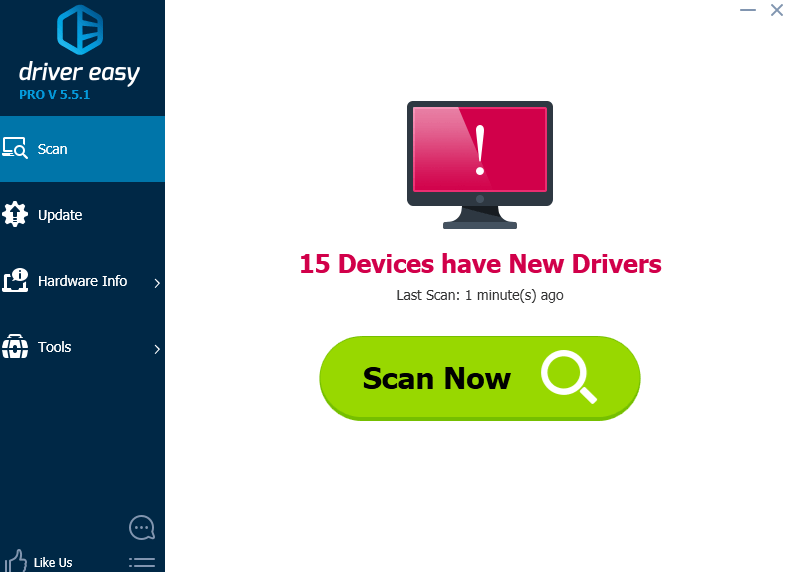
3) Click the Update button next to the network card device to automatically download and install the correct version of this driver (you can do this with the FREE version).
Or click Update All to automatically download and install the correct version of all the drivers that are missing or out of date on your system (this requires the Pro version – you’ll be prompted to upgrade when you click Update All).
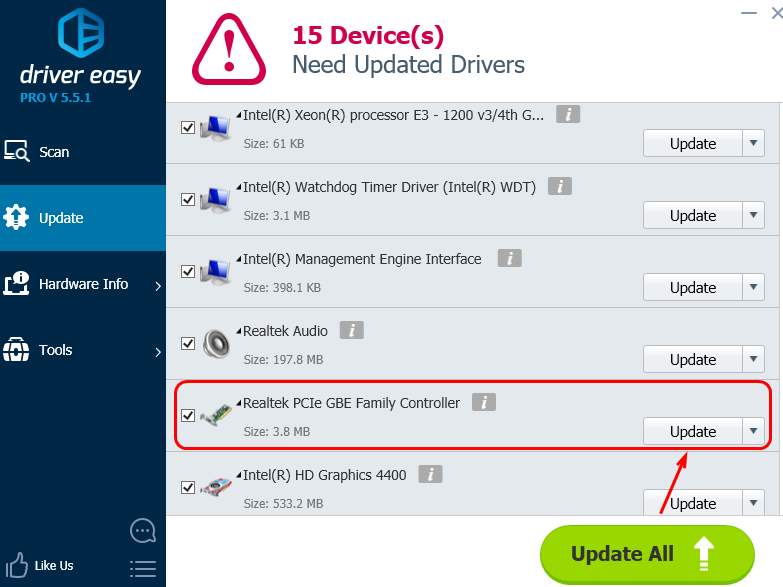
2: Set Unidentified Network as a Private or Public
You can try to set your current unidentified network to private or public location.
1) On your keyboard, press the Windows logo key and then type secpol.msc and click secpol.msc.
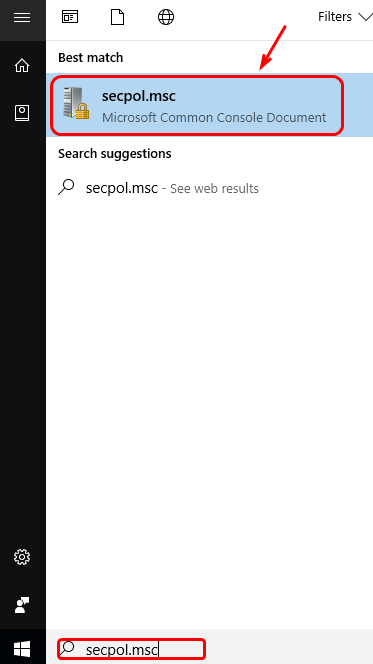
2) On the left side, click Network List Manager Policies. On the right side, double-click Unidentified Networks.
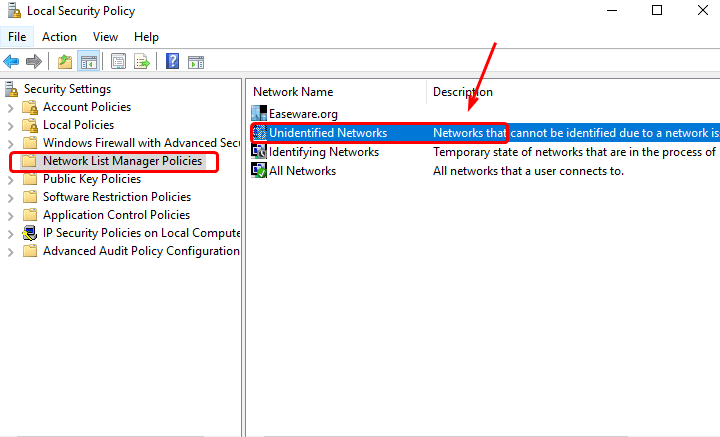
3) Change the Location type to Private and the User permissions to User can change location. Then click Apply and OK.
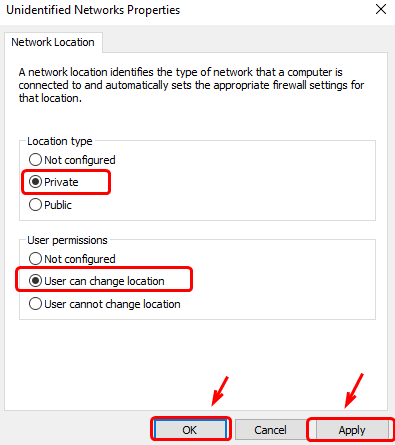
Step 3: Change DNS Servers
Faulty DNS servers could be the cause of this problem. To fix it:
1) Right-click the network adapter icon at the bottom right corner of your desktop and click Open Network and Sharing Center.
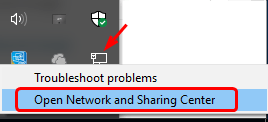
2) Click Ethernet.

Then click Properties.

3) Click Internet Protocal Version 4(TCP/IPv4) and Properties.
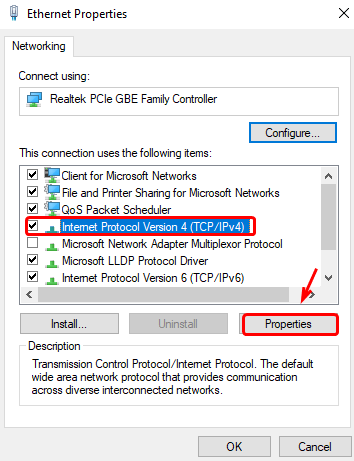
4) Click Use the following DNS server addresses and change the preferred and alternate DNS server addresses to 8.8.8.8. Click OK to save the changes.
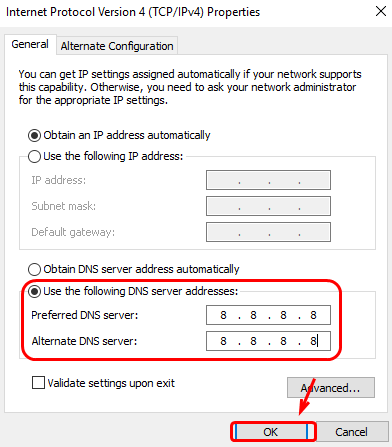
Step 4: Refresh Network Settings
1) On your keyboard, press the Windows logo key and type cmd in the search box. Right-click Command Prompt and click Run as administrator.
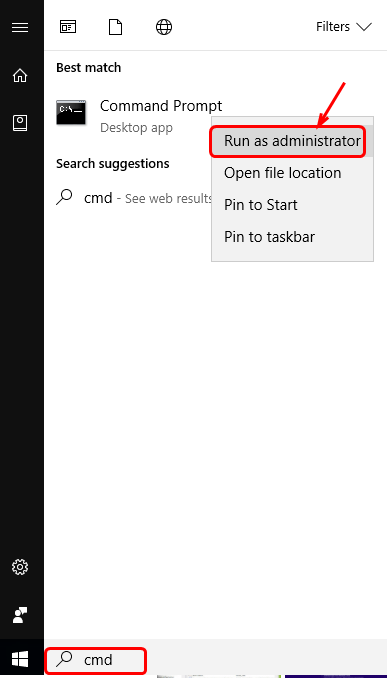
2) Type in the following commands. Make sure that you make no typo and press the Enter key after each command.
ipconfig /release
ipconfig /renew
netsh winsock reset
netsh int ip reset
ipconfig /flushdns
ipconfig /registerdns
netsh int tcp set heuristics disabled
netsh int tcp set global autotuninglevel=disabled
netsh int tcp set global rss=enabled
netsh int tcp show global
Step 5: Upgrade Router Firmware
If all the other devices connecting the router are facing with similar problems, you may need to contact the router manufacturer to see if there are updated firmware for the device.





